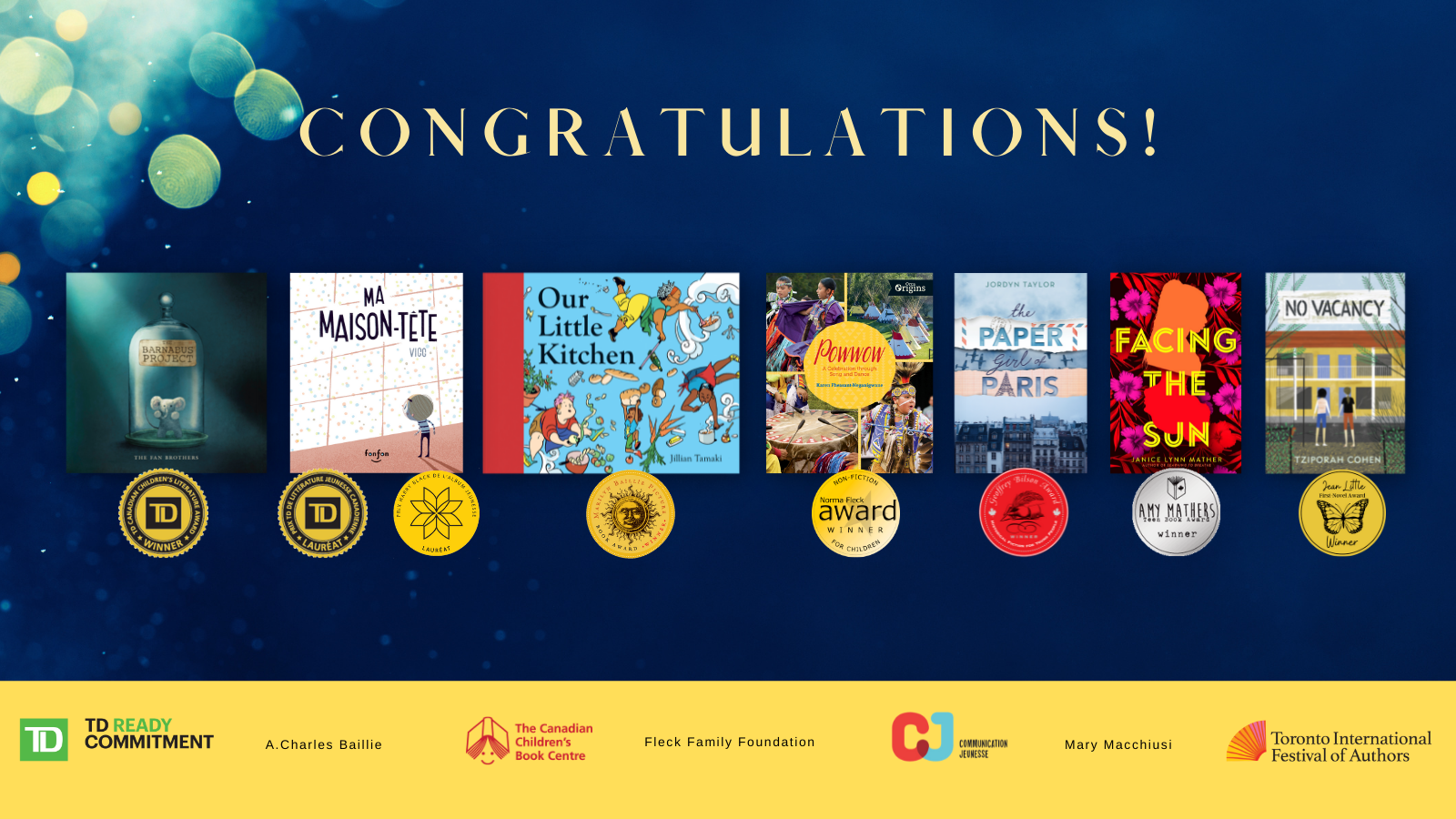
From the critics
“Pheasant-Neganigwane introduces readers to powwows, public celebrations of Indigenous songs and dances, by recounting some personal experiences as a powwow dancer…”
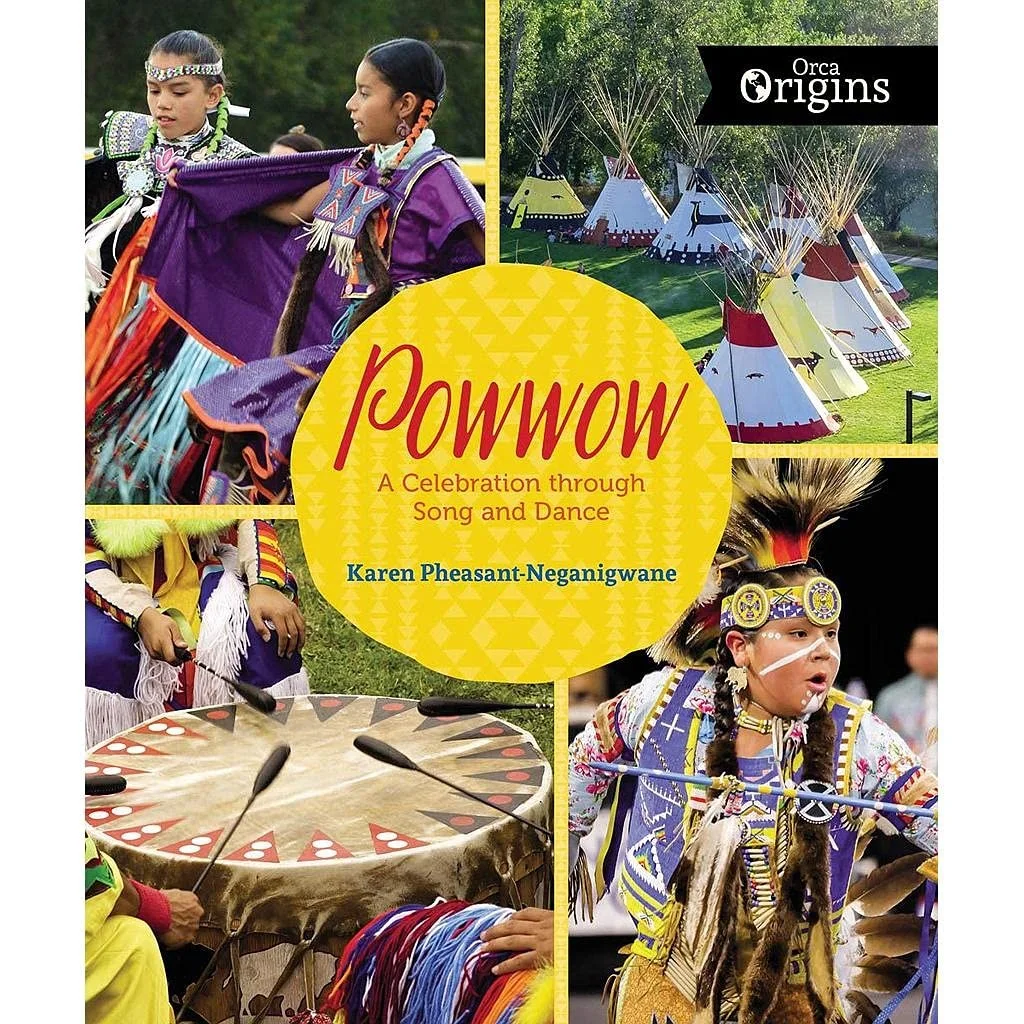
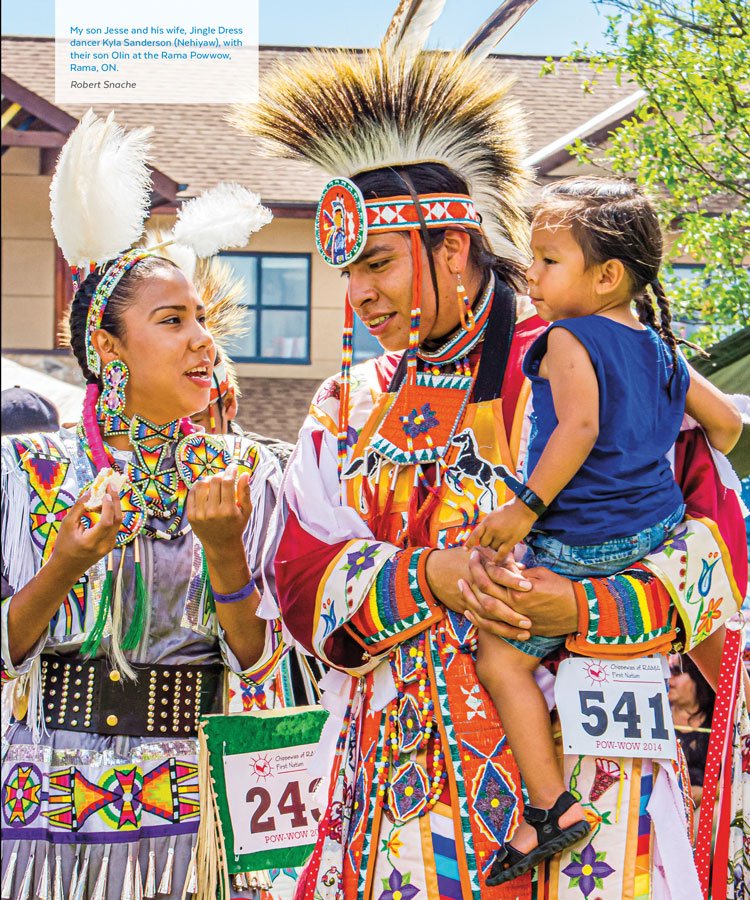
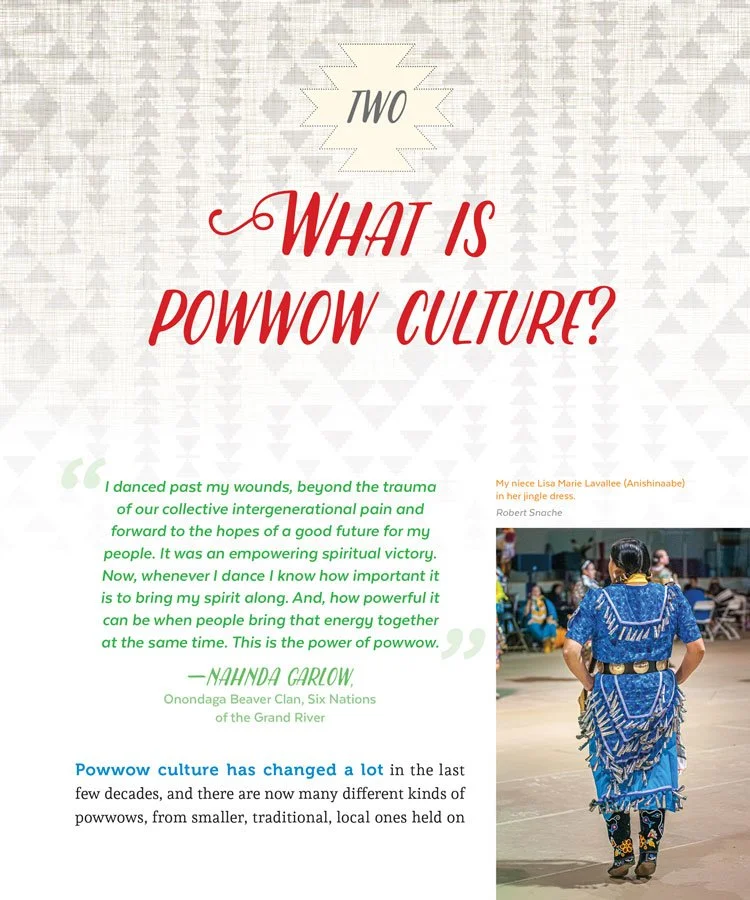
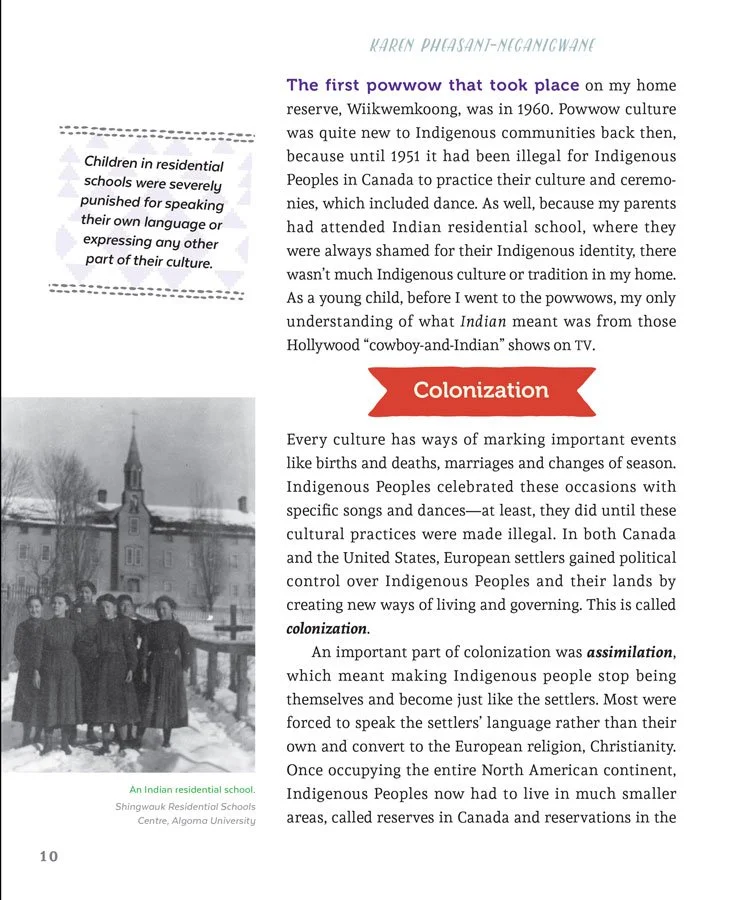
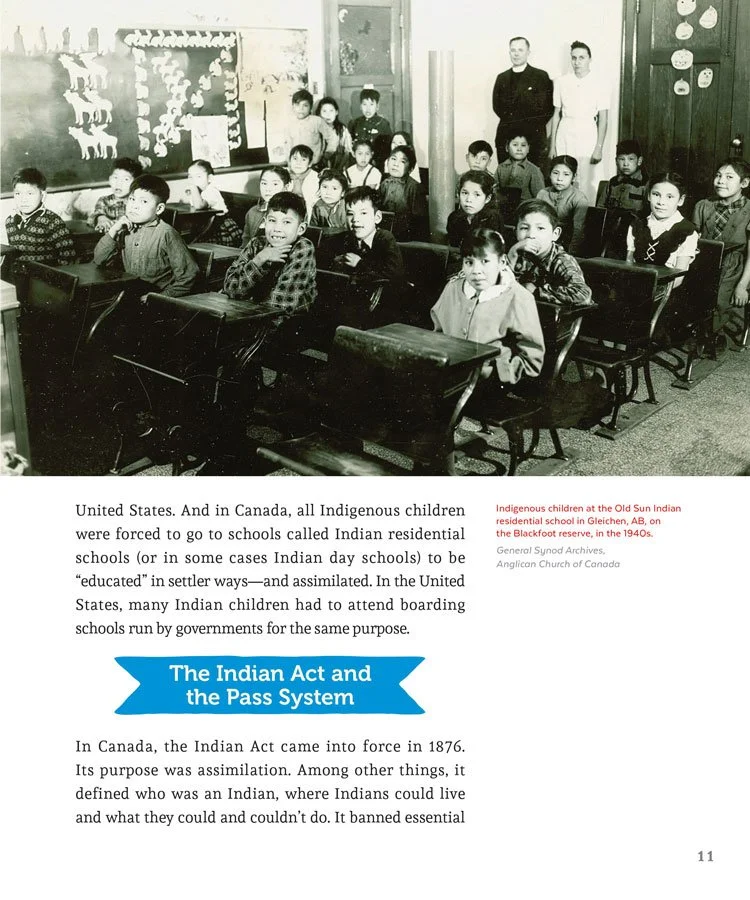
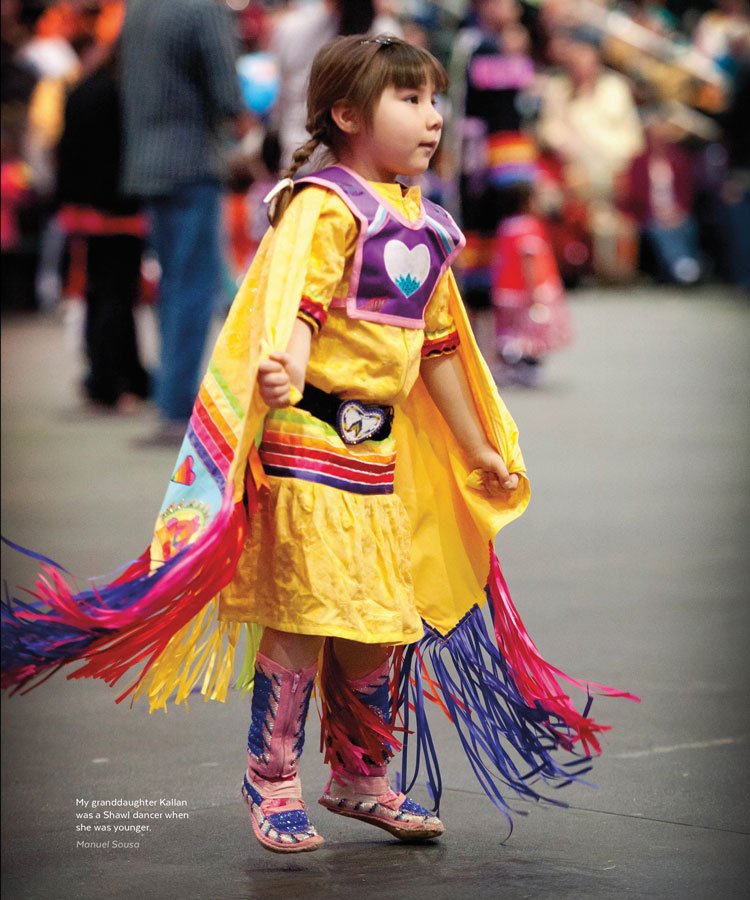

Powwow
A Celebration through Song and Dance
Powwow is a celebration of Indigenous song and dance. Journey through the history of powwow culture in North America, from its origins to the thriving powwow culture of today. As a lifelong competitive powwow dancer, Karen Pheasant-Neganigwane is a guide to the protocols, regalia, songs, dances and even food you can find at powwows from coast to coast, as well as the important role they play in Indigenous culture and reconciliation.
Available from
CCBC Norma Fleck Award for Canadian Children's Non-Fiction | 2021 | Winner
The Norma Fleck Award for Canadian Children's Non-Fiction is a lucrative literary award founded in May 1999 by the Fleck Family Foundation and the Canadian Children's Book Centre, and presented to the year's best non-fiction book for a youth audience. Each year's winner receives CDN$10,000.
JLG Gold Standard Selection | 2020 | Commended
CCBC Best Books for Kids & Teens | 2020 | Commended
Chicago Public Library Best of the Best | 2020 | Commended
OLA Best Bets Top Ten | 2020 | Commended
Forest of Reading Yellow Cedar Award | 2021 | Short-listed
Information Book Award - Honour Book | 2021 | Runner-up
Indigenous Voices Award, Creative Nonfiction and Life-Writing | 2021 | Short-listed
Rocky Mountain Book Award | 2022 | Short-listed
Notable Social Studies Trade Book | 2021 | Commended
First Nation Communities READ YA/Adult Award | 2021 | Long-listed
